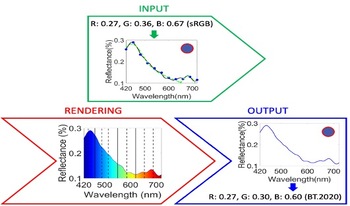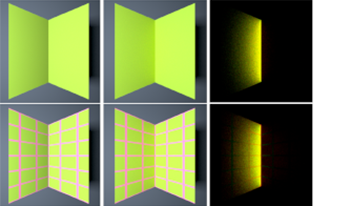
Spectral rendering encompasses methods aimed at generating synthetic imagery with realistic color expression by simulating the interaction of light with different materials and wavelengths. Unlike conventional rendering methods that use tristimulus RGB values as input, spectral rendering uses the full spectrum of light as input, which allows for more accurate color reproduction and more realistic visual effects. Spectral rendering poses many new challenges in terms of input data acquisition, memory use, and efficiency. In this paper, we provide a comprehensive survey of the recent advances and open problems in spectral rendering, covering the main stages of the rendering pipeline such as spectrum sampling and reconstruction, RGB to spectrum upsampling, and selection of paths and wavelengths at rendering. We also discuss the applications that benefit from spectral rendering. Our goal is to provide an elaborate overview of the current state-of-the-art and to identify future research directions and opportunities in this exciting field.

Fluorescence is an optical phenomenon, specific to certain materials that absorb light with higher energy and re-emit it at lower energy, with unnoticeable time latency. Due to this so-called Stokes shift, fluorescent materials pose several challenges in image capture, where usually a filtering setup is required at the illumination and/or sensing ends. Nevertheless, fluorescence emission is diffuse, which was previously used in shape from photometry models. In this work, we target the shape from fluorescence method for a specific category of materials: those with overlapping reflectance and fluorescence signals. In particular, we investigate how the self-interreflections (light bounces off a surface that get re-reflected by the surface itself) change the appearance of scenes with such fluorescent materials and how this affects the shape estimation with a photometric stereo model. To avoid instrumental artifacts inherent in real image capture setups, we perform our analysis on a synthetic dataset of multi-light images, generated with a physically-based spectral renderer that supports fluorescence.